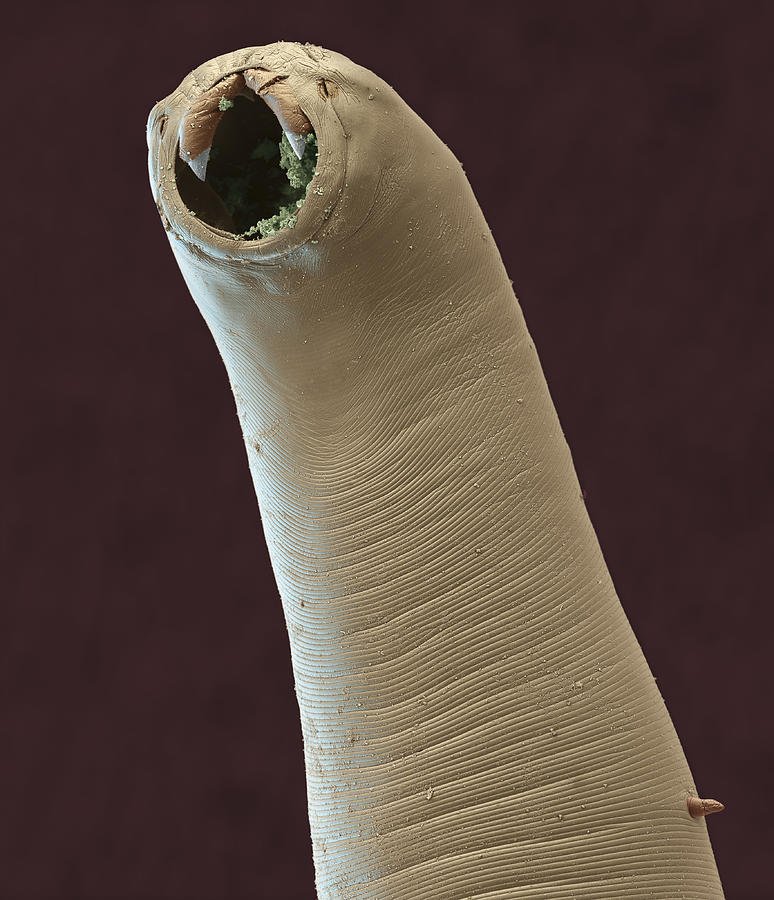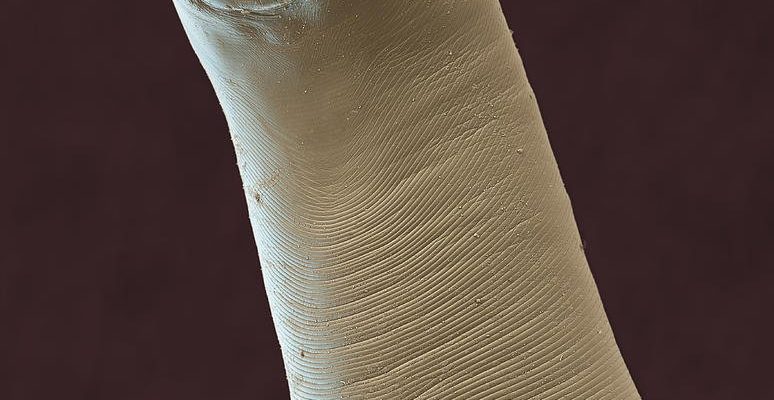
So why should we care about these seasonal patterns? Well, understanding how hookworms behave based on the seasons can help us find effective ways to manage and control them. It’s a bit like having a weather forecast for parasites; knowing when they’ll be active can make all the difference in preventing infections, particularly in areas where hookworms are more prevalent.
Let’s dive into what we know from field studies about the seasonal behavior patterns of hookworm and why it matters.
What Are Hookworms?
To set the stage, it’s important to know exactly what hookworms are. These are parasitic worms that enter the body through the skin, often through the feet, and make their way to the intestines. Hookworms belong to the family Ancylostomatidae and primarily include species like Ancylostoma duodenale and Necator americanus. These worms are not just a nuisance; they can cause various health issues, including iron deficiency anemia and protein deficiency.
You might be wondering how these worms manage to thrive in certain environments. Well, they’re quite adaptable and have developed a clever strategy to survive in diverse climates. Their lifecycle is closely tied to environmental conditions, which is where those seasonal behavior patterns come into play.
Understanding who these parasites are helps us appreciate the scope of their impact, especially in tropical and subtropical regions where they are most commonly found. Their complaints are more than just a trend; they’re a public health concern.
Life Cycle of Hookworms
The life cycle of hookworms is a fascinating journey that helps explain their seasonal behaviors. It begins when adult female hookworms lay their eggs in the host’s intestines. These eggs are then excreted in feces and hatch into larvae when they come into contact with moisture.
Once they emerge, these larvae have one goal: to find a host. They can survive in soil, and their survival is heavily influenced by temperature, humidity, and rainfall. During warm, humid periods, they thrive and are more likely to infect humans. Conversely, during colder months, their activity decreases significantly.
Here’s a simplified view of their lifecycle:
- Eggs are laid in the intestine and released in feces.
- Larvae develop in warm, moist soil.
- Larvae penetrate the skin of a host.
- They migrate to the intestines and mature into adults.
This lifecycle explains why hookworms are often linked to seasonal outbreaks. The combination of warm weather and moisture creates the perfect conditions for their larvae to thrive, which peaks during the rainy season.
Seasonal Patterns in Hookworm Behavior
So, how do these little villains behave throughout the year? That’s where field studies have illuminated some key patterns. Generally, hookworm activity can be observed during two main seasons: the wet and dry seasons.
During the wet season, the soil is moist and warm, creating optimal conditions for larvae. This is when we see the highest rates of infection because more larvae are present to penetrate human skin. People who aren’t careful about their footwear during these times are at greater risk of getting infected.
In contrast, during the dry season, the numbers tend to dwindle. The lack of moisture significantly reduces larvae survival rates. As a result, infection rates drop. This pattern helps health officials predict when to ramp up public health initiatives, like awareness campaigns about wearing shoes in endemic areas.
Factors Influencing Seasonal Behavior
Several factors influence the seasonal behavior of hookworms and their eventual impact on people. Here are a few of the big players:
- Temperature: Warm temperatures can accelerate the development of larvae, leading to higher infection rates.
- Humidity: Larvae need moisture to survive; too little can spell doom for them.
- Soil type: Certain soils retain moisture better, allowing larvae to thrive for longer.
Other environmental changes, like deforestation or climate change, can impact these factors as well. For instance, deforestation can increase soil erosion, leading to unfavorable conditions for larvae. These interactions highlight the delicate balance between health and environment.
Human Behavior and Its Impact
Human behavior plays a significant role in the dynamics of hookworm infections. During the rainy season, when folks are more likely to walk barefoot in the mud, infections tend to spike. It’s like a perfect storm: optimal environmental conditions paired with increased human exposure.
Education is key here. By understanding the habits that lead to increased risk and altering them—like wearing shoes outdoors or using latrines—communities can work to lower infection rates.
Public health interventions, like deworming programs, are also critical during peak seasons. These proactive measures can help counteract the increased risk and keep infection rates at bay.
Public Health Implications
The seasonal behavior patterns of hookworms have significant public health implications. Understanding these patterns allows health officials to plan better response strategies, such as mass deworming during peak infection seasons.
Furthermore, educating communities about these patterns can empower individuals to take precautions. Simple actions, like wearing shoes and practicing good sanitation, can make a big difference.
In rural areas where hookworm infections are most prevalent, integrating this knowledge into community health programs can lead to improved overall health. It’s all about mitigating risks by aligning public health strategies with seasonal behaviors.
The Future of Hookworm Research
As our understanding of hookworm behavior deepens, so do opportunities for innovative solutions. Researchers are continually exploring methods to control hookworm populations and minimize their impact on human health. This includes studying potential vaccines and new treatment modalities.
Emerging technologies, like climate modeling, could help predict hookworm activity more accurately. By understanding how changing climates might affect seasonal behavior, we can better prepare for shifts in infection patterns.
Ultimately, keeping a close eye on hookworm behavior will be essential for public health moving forward.
Hookworms may be small, but their seasonal behavior patterns have a big impact on human health. Understanding these patterns allows communities to better prepare and protect themselves from infections. By combining environmental knowledge, public health initiatives, and individual prevention strategies, we can tackle the hookworm problem head-on.
Let’s remember that a little awareness goes a long way. Just like keeping our raincoats handy during the rainy season, staying informed about hookworm behavior can keep us healthy and thriving throughout the year.

